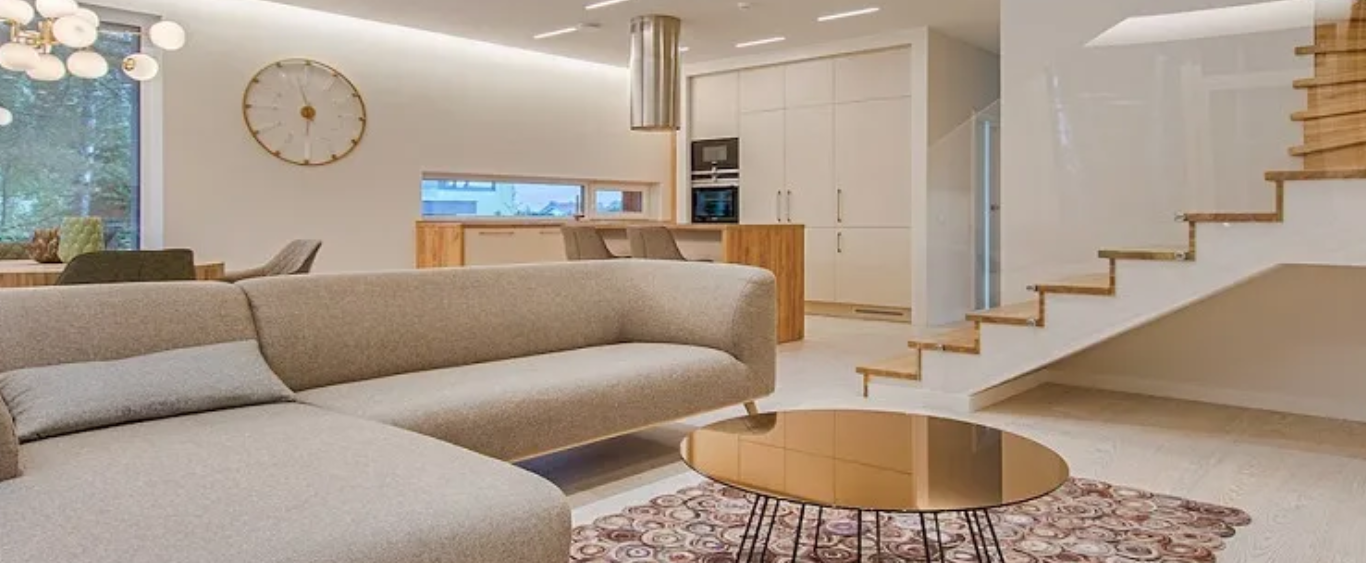Hyderabad’s residential market has regularly witnessed higher demand across all segments, as compared to other major cities in India, regardless of the prevailing economic circumstances. The strong fundamentals and consumer demographics of Hyderabad will help aid the revival of its real estate market in 2021. The value will be a key driving force of demand. Prices are expected to appreciate in 2021 because the city offers affordability without compromising on quality and amenities. Although the COVID-19 pandemic caused a temporary nationwide slowdown, residential real estate demand in Hyderabad has already regained its pre-pandemic momentum.
The pandemic has changed the way consumers approach buying real estate in Hyderabad. Homebuyers are much more discerning and demanding greater value from the property including amenities, connectivity, and social infrastructure. Accordingly, gated communities and integrated townships in Hyderabad have been steadily gaining interest from home buyers. These communities offer access to a multitude of amenities in addition to security, property maintenance and eco-friendliness at an affordable price compared to other Indian cities.
There is an increasing shift in focus towards health, quality of life, and accessibility. Gated communities in Hyderabad continue to see demand as they provide a solution to a number of urbanization challenges, especially during periods of limited mobility. As remote working becomes the norm, home buyers are opting for well-equipped projects with spacious areas for home offices and dedicated business centres.
In addition to providing daily essentials, reputed residential real estate developers in Hyderabad are investing in world-class amenities and recreational areas including clubhouses, fitness centres, swimming pools, spas, playgrounds and sports facilities. They are even integrating smart automation systems for added convenience and comfort.
Hyderabad home buyers’ preference for under-construction properties will also be a key driver of growth in 2021 with the most popular configuration being 3 BHK. The western and northern suburbs of the city will continue to witness the majority of the launch activity. As in 2020, the majority of the launches will cater for a budget greater than Rs. 80 lakhs. Accordingly, there will be a higher demand for premium properties from reputed developers with minimal execution risk and good track history.
Many growth corridors in Hyderabad are gaining interest from home buyers for their location, connectivity and investment potential. These growth corridors have buffered the city from nationwide market downturns by providing a way to meet demand without unrealistic surging prices. Accordingly, there will be a greater shift in demand to the growth corridors of the city including Nallagandla, Kompally, Tellapur, and Patancheru. These are growing areas that offer open spaces with natural surroundings and strategic connectivity to industry hubs.
As demand for Hyderabad real estate rises, the expanse of the growth corridors offers a way to meet growing demand. The Outer Ring Road was a direct factor in the emergence of growth corridors which allow for further expansion and development in Hyderabad. Similarly, the new Regional Ring Road will further grow the footprint of Hyderabad real estate while maintaining ease of connectivity.
Although Western Hyderabad has witnessed the majority of development till date due to the abundance of commercial hubs, the focus is now shifting to Eastern Hyderabad. To balance the city’s commercial infrastructure growth, the Telangana State Government has proposed the concept of “Look East” which will develop a new IT corridor in the eastern part of Hyderabad including Uppal, Pocharam, Ghatkesar and Sagar Highways. This development will boost residential real estate growth in east Hyderabad in 2021.
Policy reform will also be a strong boost to the residential market in Hyderabad. Rising household incomes and the incentivisation of affordable housing will increase the market opportunity. The Reserve Bank of India’s decision to link loan rates with the repo rate will reduce EMIs on consumer home loans, making them cheaper, as well as reduce the debt repayment burden on developers. If these rate cuts are implemented with immediate effect, the low cost of financing should translate into increased demand in 2021.
Recommended blogs







